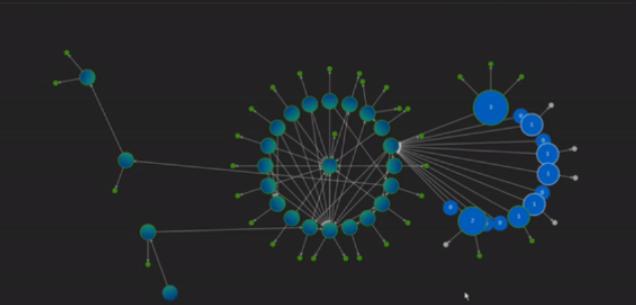A brief history of open source GIS
The emergence of digital cartography and Geographic Information System (GIS) has completely changed the way people think and interact with the world around them. The concept of layering and overlapping location information for decision-making was first proposed by Ian McHarg (landscape designer) in the 1960s. At approximately the same time, Roger Tomlinson, commonly known as the "Father of GIS", completed his doctoral thesis on the use of computational methods to process hierarchical geospatial information. Roger later devoted himself to creating the first computerized geographic information system, the Canada Geographic Information System, primarily used for exploration and mapping.

The origin of open-source GIS can be traced back to the United States Department of the Interior in 1978. Since then, open-source GIS has deeply influenced the development of many industries, including government and commercial sectors, based on different intellectual property licenses. The US Department of Labor calls GIS technology one of the three most important high growth industries of the 21st century. The development of open-source GIS technology over the past forty years has evolved into many groundbreaking and influential applications today.
The Origin of GIS: MOSS and GRASS

In 1978, the United States Department of the Interior created the Map Overlay and Statistical System (MOSS). The MOSS system is mainly used to track and evaluate the impact of mining development on the environment, wild plants, wildlife, and their migration patterns. This is the first widely deployed Vector Based, interactive geographic information system. The first set of GIS production is deployed on small computers.
Shortly thereafter, the Geographic Resources Analysis Support System (GRASS) was born. The GRASS system has over 350 modules for processing raster, topological vector, image, and graphic data. The software was originally designed for use by the US military to assist in land management and environmental planning. The GRASS system is widely used in scientific research and commercial fields, including geospatial data management and analysis, image processing, spatial and temporal modeling, and the creation of graphics and maps.
Development of GIS: GeoTools, GDAL, PostGIS, and GeoServer
In 1996, the University of Leeds began creating a geographic information library based on the Java development language on a project that could be designed to incorporate different application needs. The ultimate result is GeoTools, an open source library that can manipulate spatial data, widely used today in web geospatial information services, network map services, and desktop applications.
Four years later, a cross platform geographic information library GDAL (Geospatial Data Abstraction Library) emerged. GDAL enables GIS applications to support different data formats and comes with various useful command-line tools for processing and converting various data formats. GDAL supports more than 200 data in grid format and vector format. It is the most widely used geospatial data access library in the world. The supported applications include Google Earth, GRASS, QGIS, FME (the Feature Manipulation Engine) and ArcGIS.
In 2001, Refractions Research (a Canadian IT consulting firm founded in 1998) developed the open-source project PostGIS, which enables spatial data to be stored in Postgres databases. In the same year, GeoServer was created as an application based on the Java language for publishing spatial data as a standard web service. Both PostGIS and GeoServer projects have achieved incredible success and are widely used in open source GIS databases and GIS servers today.
Innovation and Education: Driven by Open Source Projects
QGIS is considered the ancestor of open-source desktop GIS. QGIS was released in 2002. It integrates the analysis function of GRASS system and GDAL's support for data format. It provides a user-friendly desktop application for data editing, cartography and analysis. QGIS can interoperate with other open source GIS, such as Manage the PostGIS database and publish the data to GeoServer as a web service.
At the beginning of the 21st century, open-source GIS continued to gain development momentum, and the open source incubation projects created were OSGeo and LocationTech. OSGeo was launched in 2006 with the design goal of supporting collaborative development of open-source GIS software and promoting the widespread application of related software. LocationTech is a working group established within the Eclipse Foundation to promote collaboration between academic researchers, industry, and communities in GIS technology.
In 2011, "Geo for All" was created. He is an educational promotion project of the Open Source Geospatial Foundation, aimed at providing everyone with access to geospatial technology education opportunities. As a result of the foundation's work, many open-source GIS educational resources can be provided for free on the internet, including FOSS4G Academy and GeoAcademy. Finally, "Geo for All" is committed to establishing open source geospatial laboratories and research centers around the world to support the development, training, and research of open source geospatial technologies.